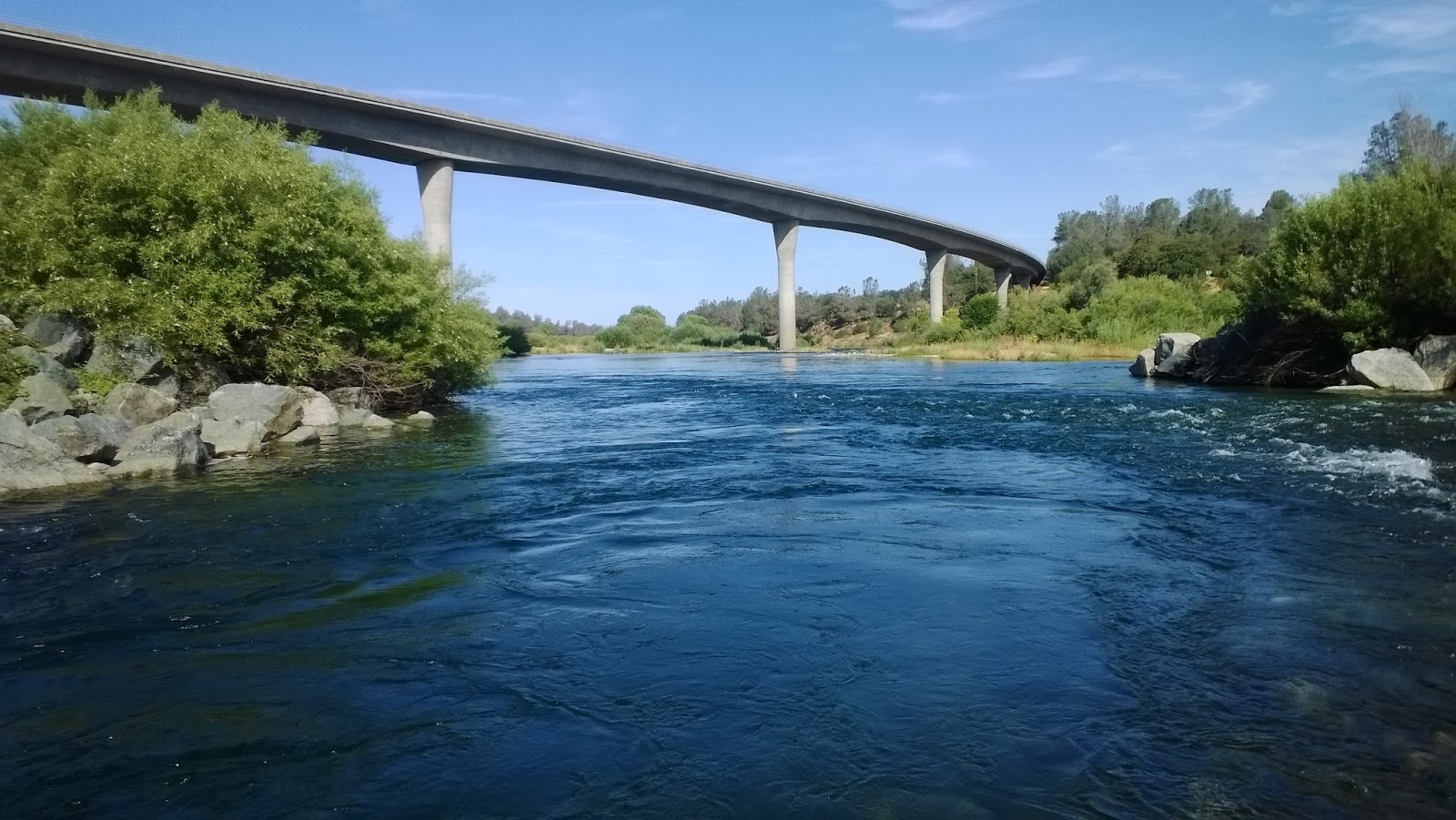
The Lower Yuba River is a tributary of the Feather River that flows below Englebright Lake downstream through Marysville where it meets the Feather. The Lower Yuba is a tailwater fishery that is notorious for its elusive rainbow trout that fight like steelhead. All of the fish in the Lower Yuba are wild with the exception of a few Feather River hatchery steelhead that will occasionally make their way up the river.
This river is often considered to be a very technical and challenging fishery. Unlike many other rivers, the Lower Yuba contains very few “tells” of where the fish are holding. The river is mostly made up of gravel and cobblestone due to decades of mining therefore there aren’t very many key structures to look for such as overhanging trees or big boulders. Knowing how to read water well is critical. In addition to water that is hard to read, the fish in the Yuba also like to vary their diet and will key in on specific insects and their stages. Knowledge of the diverse insect population living underneath the water’s surface is necessary in order to be successful on the Lower Yuba.
The Yuba is my home river and this is how I fish it.
Open Season
A) From mouth to Highway 20 bridge.
Open all year
*Only artificial lures with barbless hooks may be used.
*2 hatchery trout or hatchery steelhead. 4 hatchery trout or hatchery steelhead in possession.
B) From Highway 20 bridge to Englebright Dam.
December 1st – August 31st
*Only artificial lures with barbless hooks may be used.
*2 hatchery trout or hatchery steelhead. 4 hatchery trout or hatchery steelhead in possession.
The Lower Yuba is changing constantly. The gravel and cobblestone that make up the river is easily push around by extreme heavy flows and will often leave you with a new river to explore once it comes to shape. This is one unique traits of the Lower Yuba.
Parks Bar Road is the furthest public access upstream that will allow you to access the Lower Yuba above HWY 20 bridge for about half a mile and a few yards downstream of the bridge. Park in the cul-de-sac or along the clay wall. Don’t go downstream to the rocky area below the bridge as it is private property and the owners are not known to be nice people.
This access was recently gated and no information has been given on the legality of this closure.
Access to the Lower Yuba by Hammonton Road was gated by the county in 2023 due to illegal off-roading and other illegal activities. The county is supposedly in the works to provide boat launching access however as of right now the only boat launch access is on the private fishing club property. You can still park below the bridge on Hammonton Road and access to the Lower Yuba by foot is allowed. If you are able to carry a watercraft down to the river from here you can launch it anywhere on the river.
Hammon Grove Park is a public access off HWY 20.
The park is well-maintained, free, and open one hour before sunset and one hour after sunset. From here you can hike downstream to Sycamore Ranch or upstream to your hearts content. Make sure you stay in the high water mark to avoiding trespassing on private property.
Sycamore Ranch is the last public access off HWY 20 before Daguerre Dam.
The park is open one hour before sunset and one hour after sunset. You can also camp here during the summer season. This is where many floating anglers take out.
Seasons
Spring
| In the early spring the fish will be keying primarily on BWOs but will also take midges and PMDs. The famous skwala hatch is also during this time and can start as early as December to as late as April. If the water is off-colored a few flies that have been proven to work are egg and worm patterns. In the middle of spring the fish tend to switch diets a bit but the key hatches during this time of year will be March browns and PMDs. Once the water has warmed up a bit the caddis will start becoming more active. Evenings will bring about a good last light caddis hatch which can be an excellent time to swing emergers or try dries. The late spring is when the American shad arrive to the Lower Yuba River. Both American shad and striped bass can be found throughout the river below Daguerre Dam. |
Summer
| The Lower Yuba tends to be a bit finicky during the summer as the spring hatches begin to fade off. The evening caddis hatch reaches its peak in the early summer but will continue until fall. I’ve found PMD patterns to be the most productive nymph throughout the summer. In May and June the fish will start keying in on golden stoneflies. Nymphing with a rubberleg stone or throwing a big dry can produce some nice fish. Hoppers are also on the menu during the summer and will often coincide with the golden stone hatch giving you a better chance at rising a fish. One of my favorite methods to fish the Lower Yuba in the summer is by stripping streamers. The water is warm enough for them to chase and you can cover water quickly. The American shad tend to stay in the Lower Yuba for a longer period of time in comparison to other rivers due to the colder water temperatures. They can be caught from May through July below Daguerre Dam. At the end of summer the short-wing stoneflies will begin hatching. The shucks of the nymphs will litter the banks and the adults will be hiding underneath rocks. |
Fall
| The fishing tends to pick back up in the fall as the water begins to cool down. The flows are also lowered for the rest of the year which makes the river easier to wade. The egg bite is the main attraction that draws the attention of anglers in the fall. The salmon will usually show up in September and will linger around to as late as December. Both the local rainbows and steelhead will hold around the salmon and feed on insects that are dislodged during redd cutting and eggs that are dropped during the spawn. Be mindful of where you step because the redds are difficult to spot on the Lower Yuba. Watch out for redds above riffles in the tailouts. The late fall will bring back the BWO hatch which happens both in the morning and at noon. Overcast days will produce the best hatches. |
Winter
| The winter is when the Lower Yuba fishes at it’s best. Although rainfall can limit the number of fishable days on the Lower Yuba, the fishing can be fantastic when the flows are stable. The Lower Yuba can be a great winter dry fly fishery as the fish key in on emerging BWOs, PMDs, and possibly skwalas. Watch the flats, foam lines, and tail-outs in the morning and afternoon for risers. Nymphing the patterns of these winter insects along with midge, egg, and worm patterns can also be productive throughout the winter especially when the water is tinted. This is the best time of year to catch big winter steelhead and fat Yuba natives. |
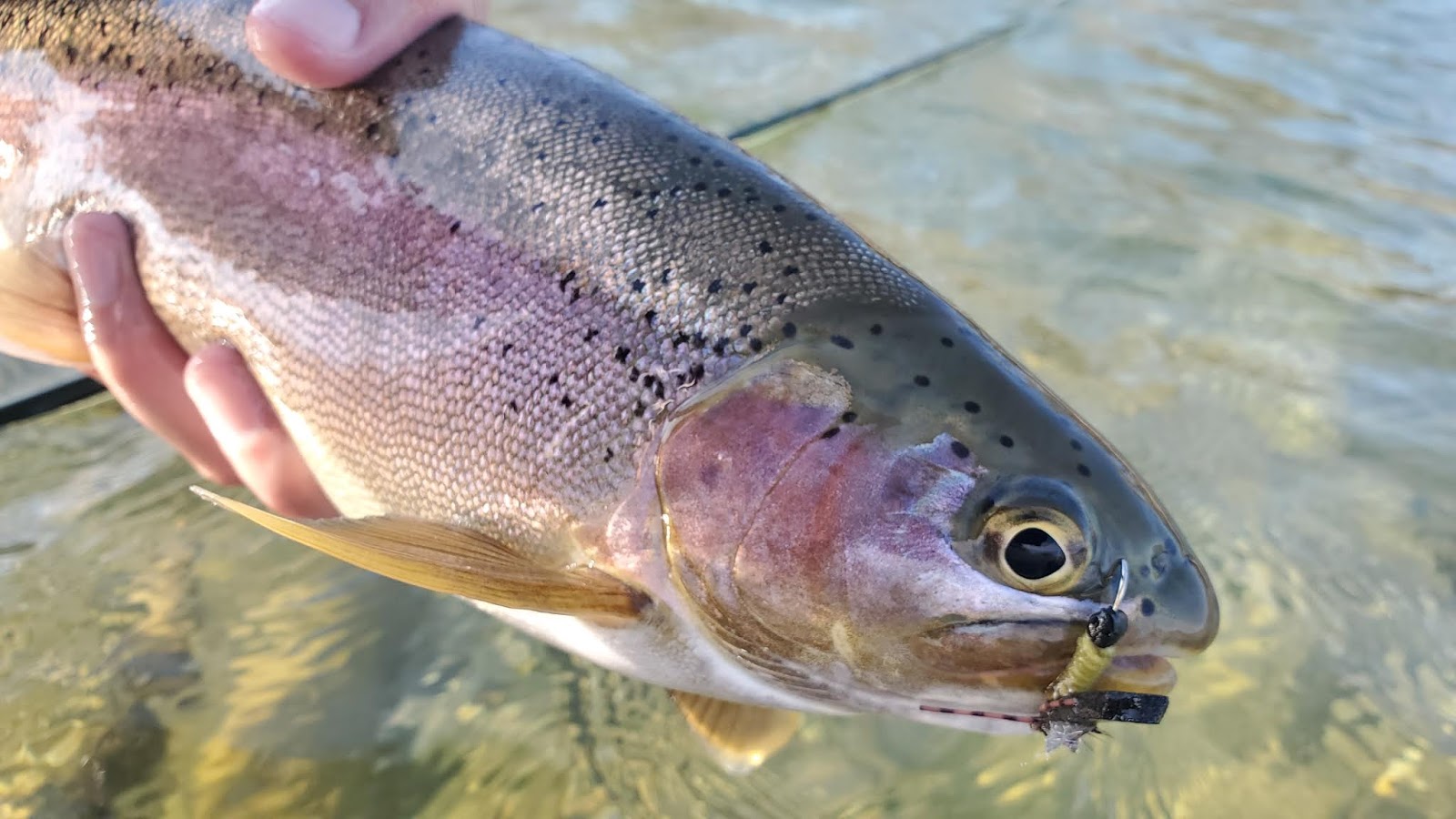
Fish Species
Rainbow trout
Steelhead
Sacramento suckerfish
Sacramento pikeminnow
American shad
Striped bass
Gear
5WT or 6WT rod
Floating line
3x – 6x tapered leaders
Fly Patterns
- Nymphs
- S&M nymph #16 – 18
- Pheasant tail #12 – 20
- Copper John #12 – 16
- Rubberleg stone #4 – 6
- Prince nymph #14 – 16
- Zebra midge #16 – 18
- FFM nymph #16
- Birds nest #14 – 16
- Wet Flies
- Soft hackles #12 – 16
- Dirty bird #12 – 16
- M. dirty bird #12 – 16
- Dry Flies & Cripples & Emergers
- EH caddis #12 – 16
- EC caddis #12 – 16
- Unit skwala #6 – 8
- Split-wing skwala #6 – 8
- PMD comparadun #12 – 16
- Sparkle dun (BWO and PMD) #12 – 16
- Loop-wing BWO #12 – 16
- Yuba River Pinkie #14 – 16
- Hackle stacker (BWO and PMD) #12 – 16
- Quigley cripple (BWO, PMD, and March brown) #10 – 18
- Chubby Chernobyl #4 – 6
- Foam hoppers #4 – 6
- Streamers
- Woolly buggers (olive) #6 – 10
- Sculpinno #4 – 6
- Sculpzilla #6 – 8
- Hero sculpin #4 – 6
- Attractors
- Unreal egg #4 – 6
- San Juan worm #8 – 12
- Shad Flies
- Ryan’s shad dart #6 – 8
Techniques
Nymphing is the most popular method to fish the Lower Yuba. Most anglers like to use an indicator but I find tight line nymphing to be more fun.
The fish in the Lower Yuba tend to hold close to the bank in seams, breaks, under the willows, tight line nymphing will help you focus more on these holding areas as you carefully work your way downstream or upstream covering water. Tight line nymphing allows for better control of your drift and depth by raising or lowering your rod utilizing both the sense of touch and sight. This results in a quicker and better hook set.
Indicators are useful when fishing the slower and deeper runs of the Lower Yuba. Adjust your indicator from time to time to make sure you are about 1ft from the bottom. By adding or subtracting splitshots and tippet you can further adjust to match conditions such high water or gin clear water. Tough days can call for times when you may need to rig three nymphs in order to figure out what the fish are eating. Be careful casting three fly rigs because they can tangled easily.
Dry fly fishing the Lower Yuba is spring-creek levels of challenging. Bring your A-game because catching a Yuba bow on a dry requires near perfect presentation. On the Lower Yuba you absolutely must have the correct stage of the insect tied on. More often than not I find fish sipping emergers rather than rising for duns. If you see just the top of the fish break the surface that usually indicates that they are eating something just below the surface. If you see bubbles after the fish rises that means that they are eating something above the surface. The louder the rise the bigger the fish.
If the fish see your tippet before your fly they will not take it. By using a reach cast or cast over your opposite shoulder you can show your dry to the fish before your tippet. Carry different sizes of tippet in case you need to extend or lower your tippet. I typically fish 5x when dry fly fishing but have needed to go down to 6x at times. The famous Fall-River twitch, twitching your fly line so that the fly pattern twitches without dragging on the surface, can often entice a rise when a several of your perfect drifts fail. The flats, foam lines, and tail-outs are the most productive places to catch the hatch. A dry-dropper combo can work well when the fish are willing to come up for dries but more likely keyed on nymphs.
Swinging a fly across the river can also well on Lower Yuba. Nothing beats a tight swung grab from a strong Yuba bow. You may not catch a lot of fish using this method but it’s one of the most adrenaline pumping ways to fly fish.
When the water is high over +1,000 CFS I like to swing a streamer tied with a non-slip loop knot with a 10ft 6ips versileader and about 4ft of 10# mono leader. When the water is low under 1,000 CFS I will add about 4ft of tippet to my 9ft tapered leader and tie on a nymph and a dropper.
Swinging an egg pattern with a dropper during the egg bite season is one of my favorite ways to fish the Lower Yuba in the fall. I’ve found swinging right below or behind salmon to be the most productive method. Evenings in the late spring and early summer can also be a productive time to swing flies if you can find parts of the river where caddis are hatching. Riffles and runs tend to be the most productive areas to swing flies but don’t over look the flats during hatches.
Stripping streamers during the warm summer months is both productive and fun when nymphing and dry fly fishing is slow.
My set-up for this rig is the same as my swinging set-up, a streamer tied with a non-slip loop knot with a 10ft 6ips versileader and about 4ft of 10# mono leader. Keep your retrieve fast and steady. The strike will usually happen as your streamer begins to swing across the current. Don’t set the hook if you feel a strike, instead wait for the fish to hook itself.
Stripping streamers works best in the late spring, summer, and early fall when the water is warmer. Cast your streamer in the Lower Yuba’s deeper runs, pools, and riffles and try to cover as much water as you can. Here are more tips for stripping streamers.
During heavy rainfall events the Lower Yuba can rise quite a bit. Usually any flow over 3,000 CFS is considered difficult to fish on foot. When it comes to river clarity the rule of thumb is that if Deer Creek is over 500 CFS the river will be blown out with low visibility. I personally don’t find low clarity as much as a problem as high flows. The most important tip I can give you is location, location, location the fish in Lower Yuba like to move around a lot so don’t spend too much time in one spot. Change flies a few times, try again, and then move on.
Never overlook the nooks and crannies. Always be on the hunt. Cover water and find the fish.
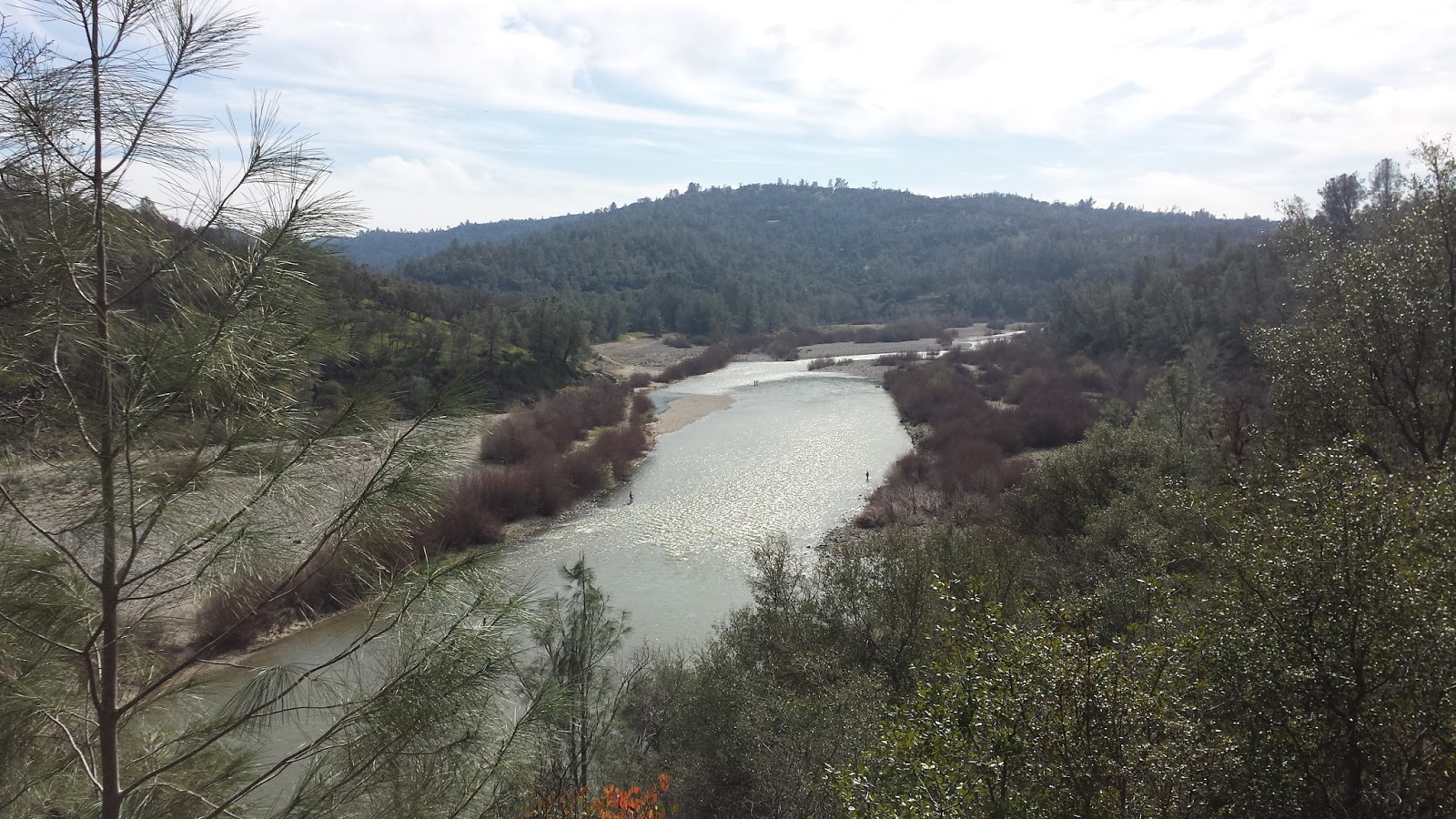
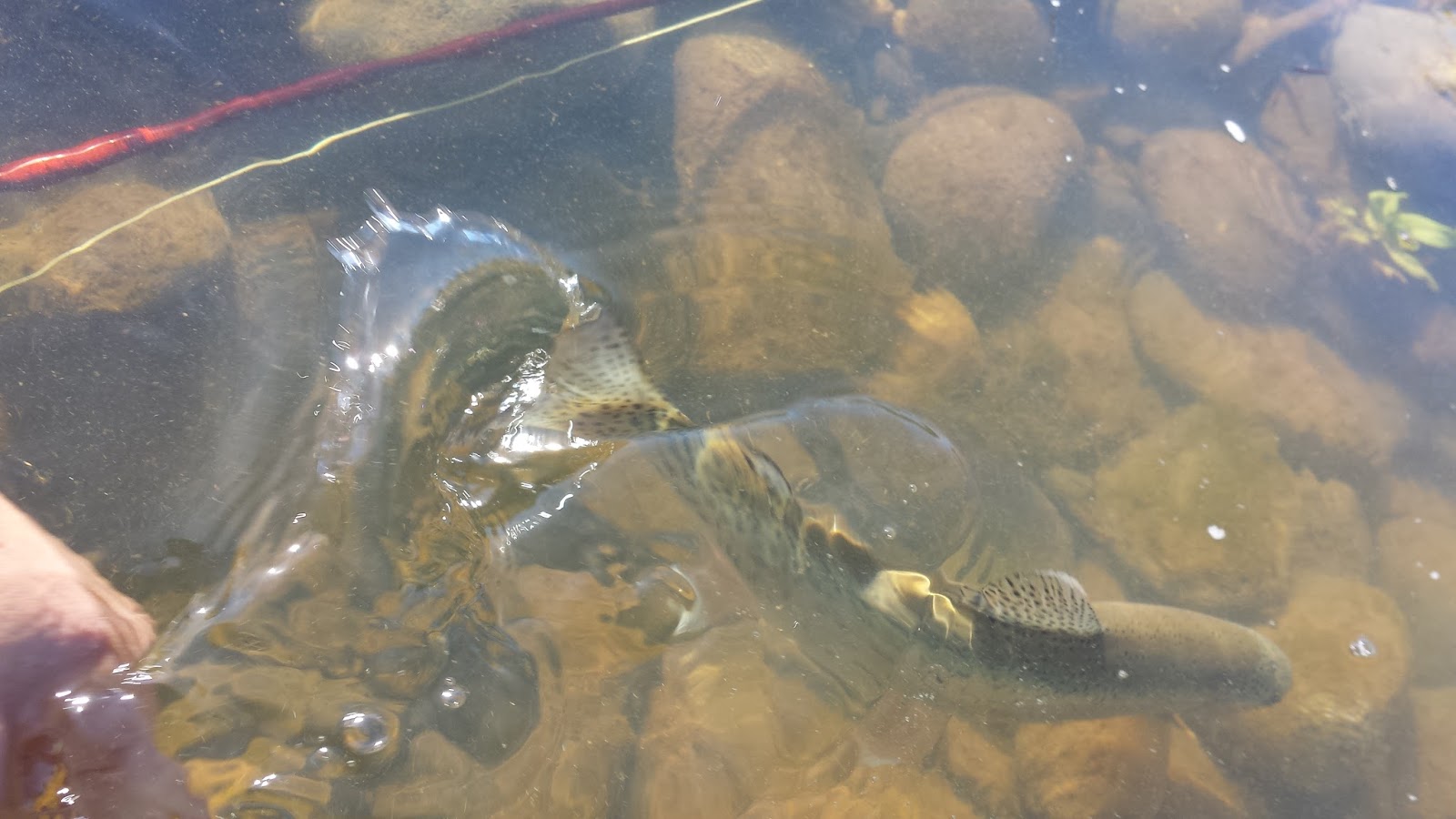
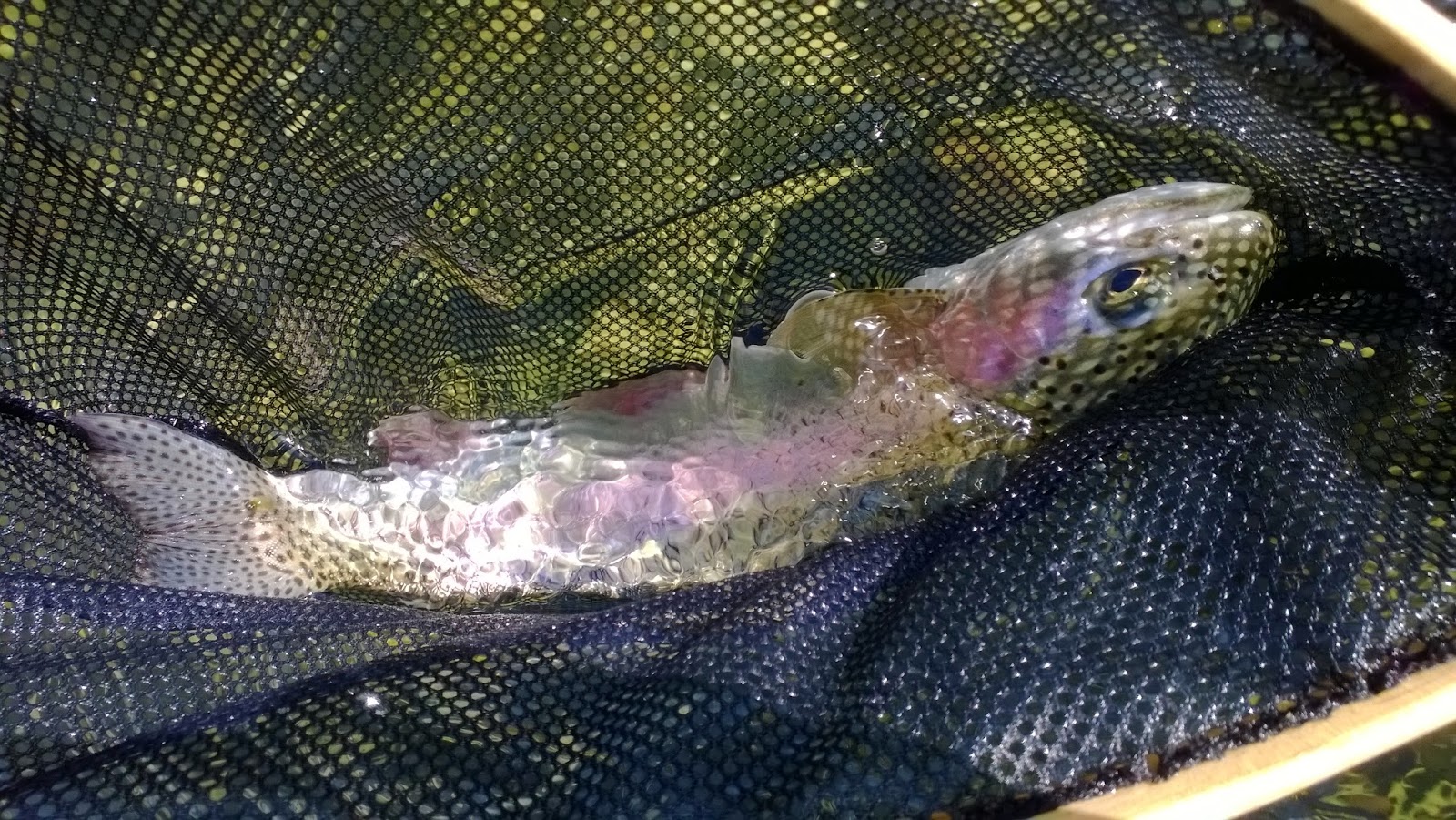
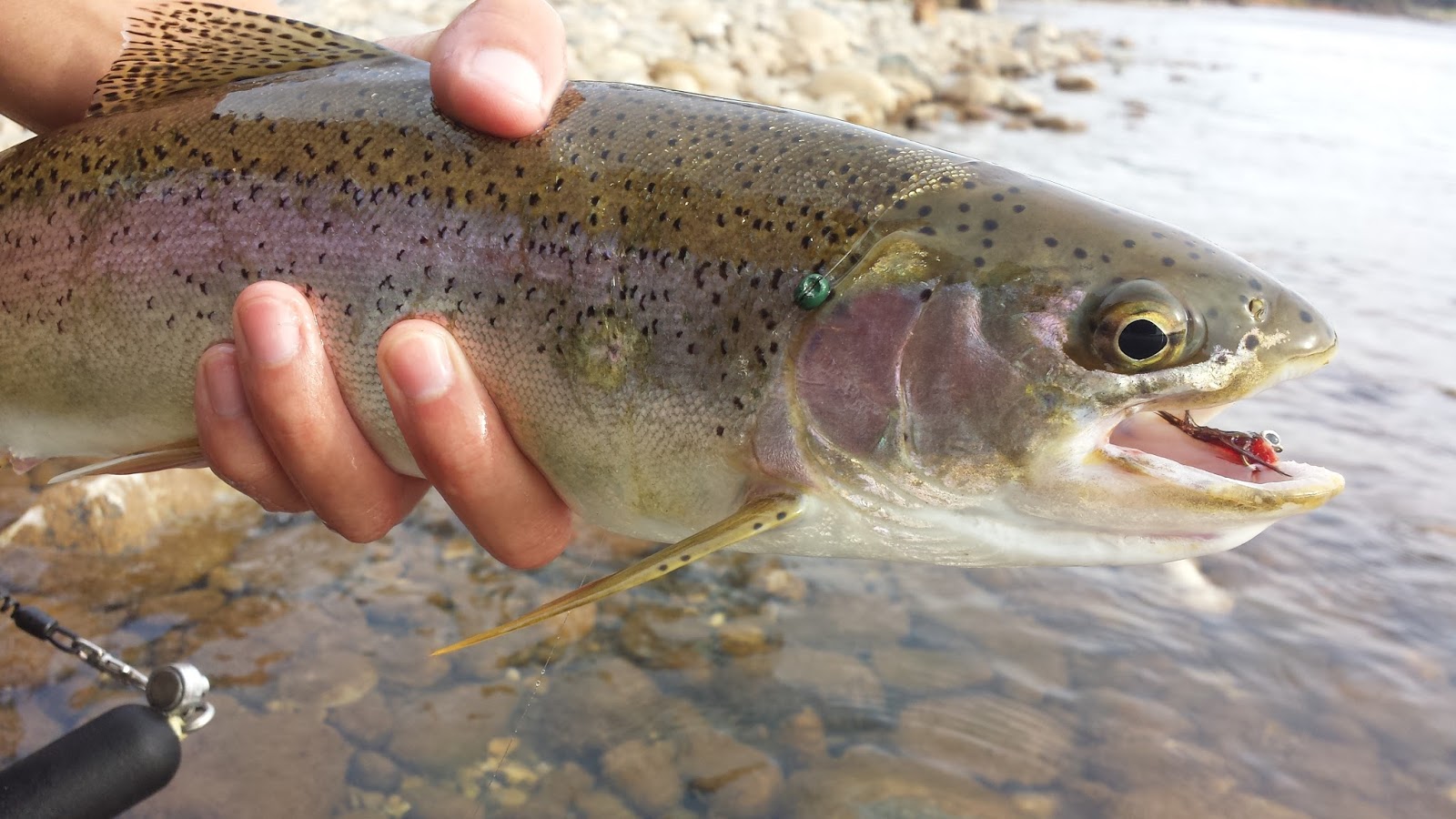
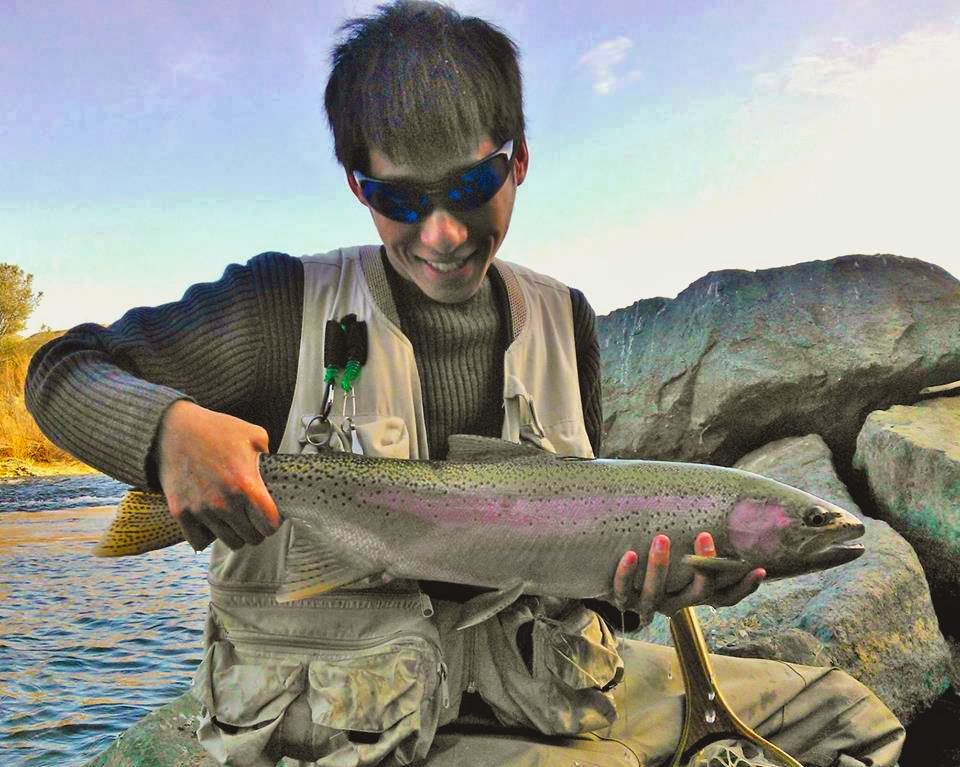
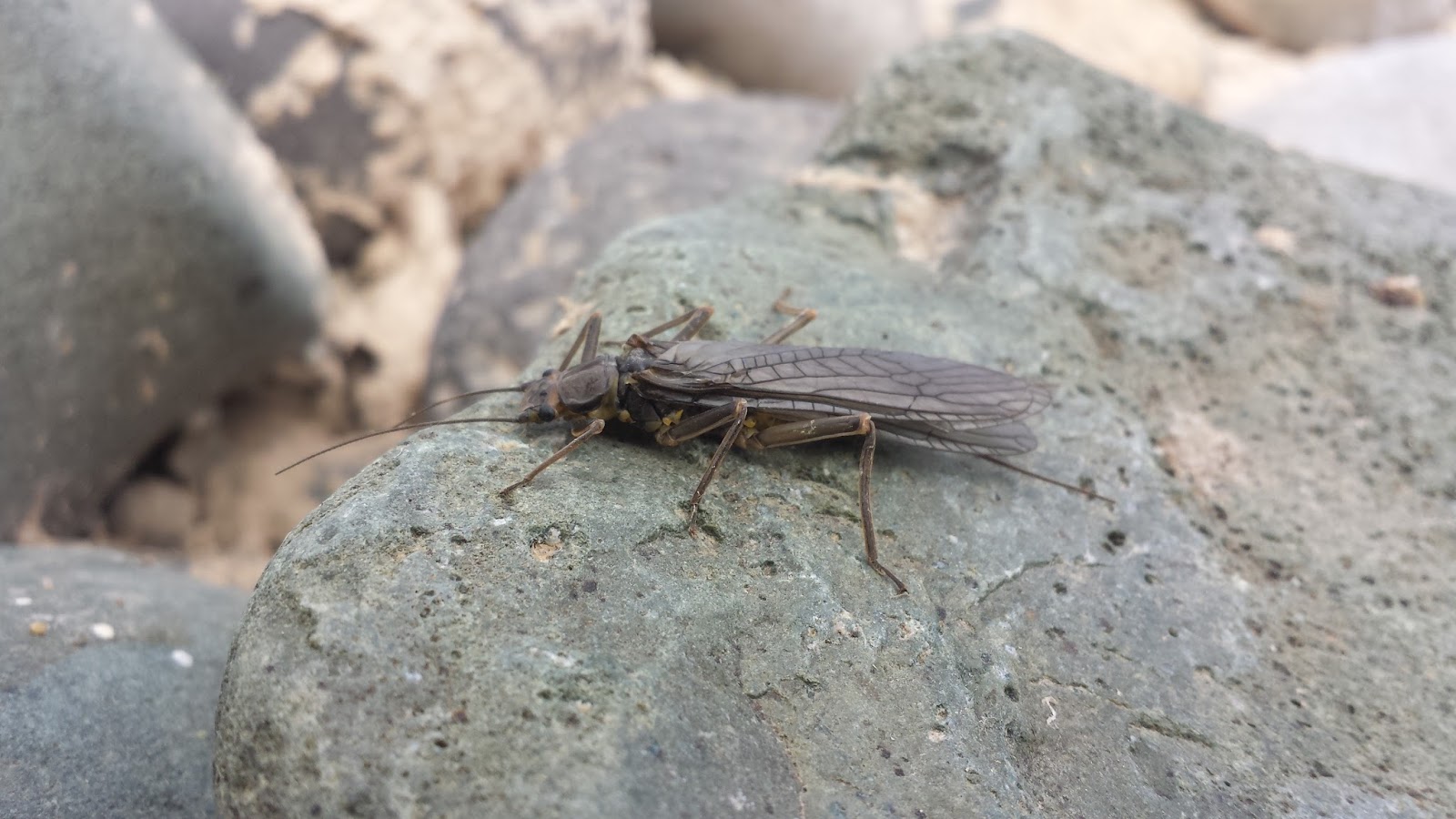

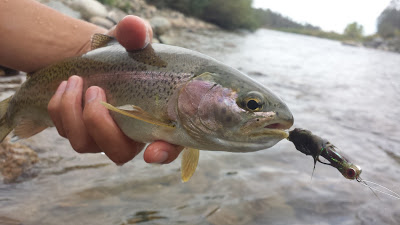
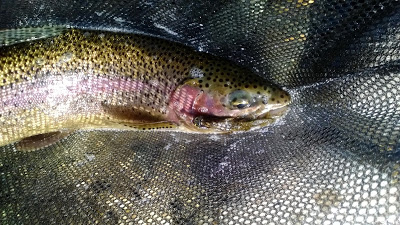
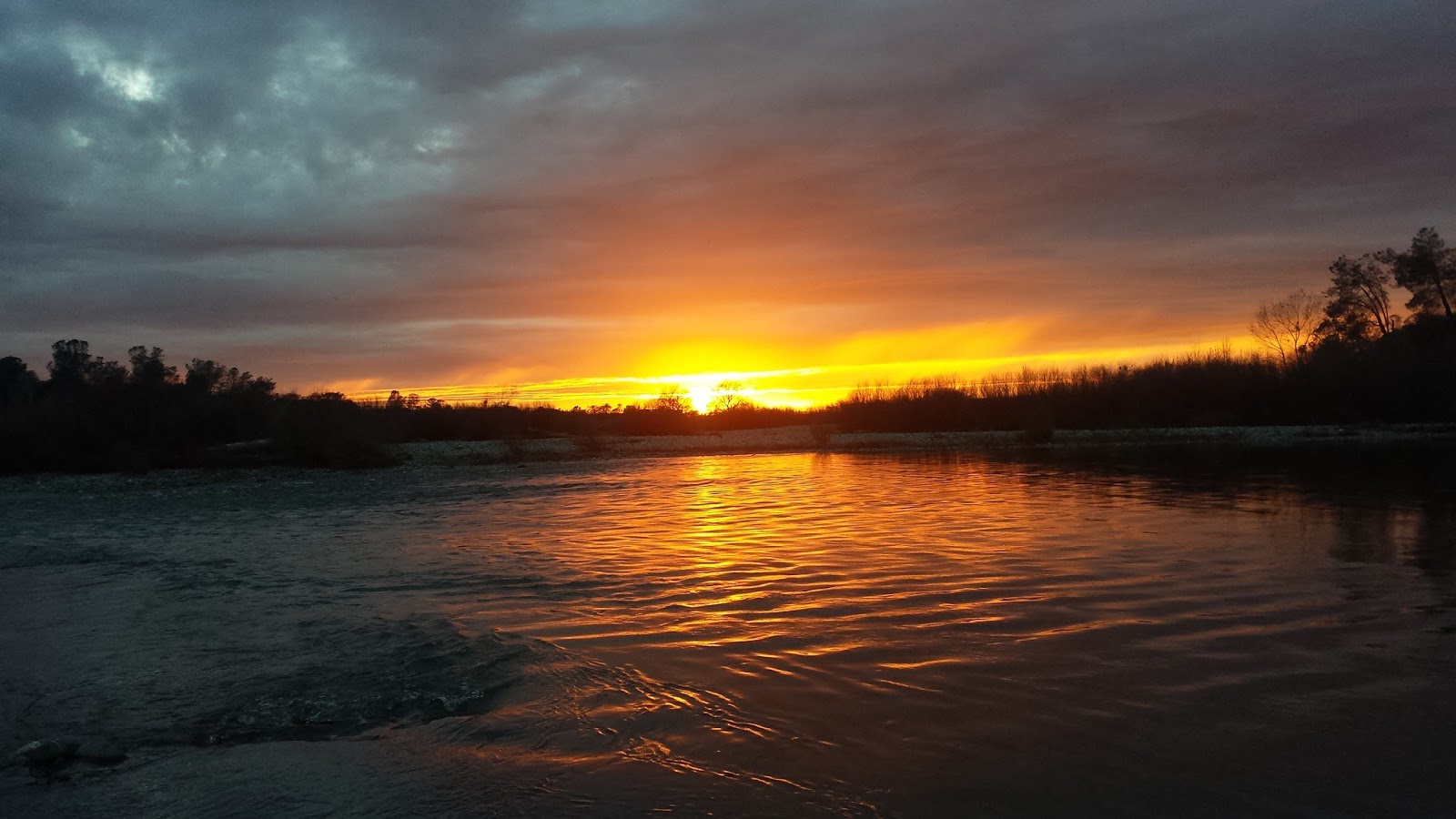
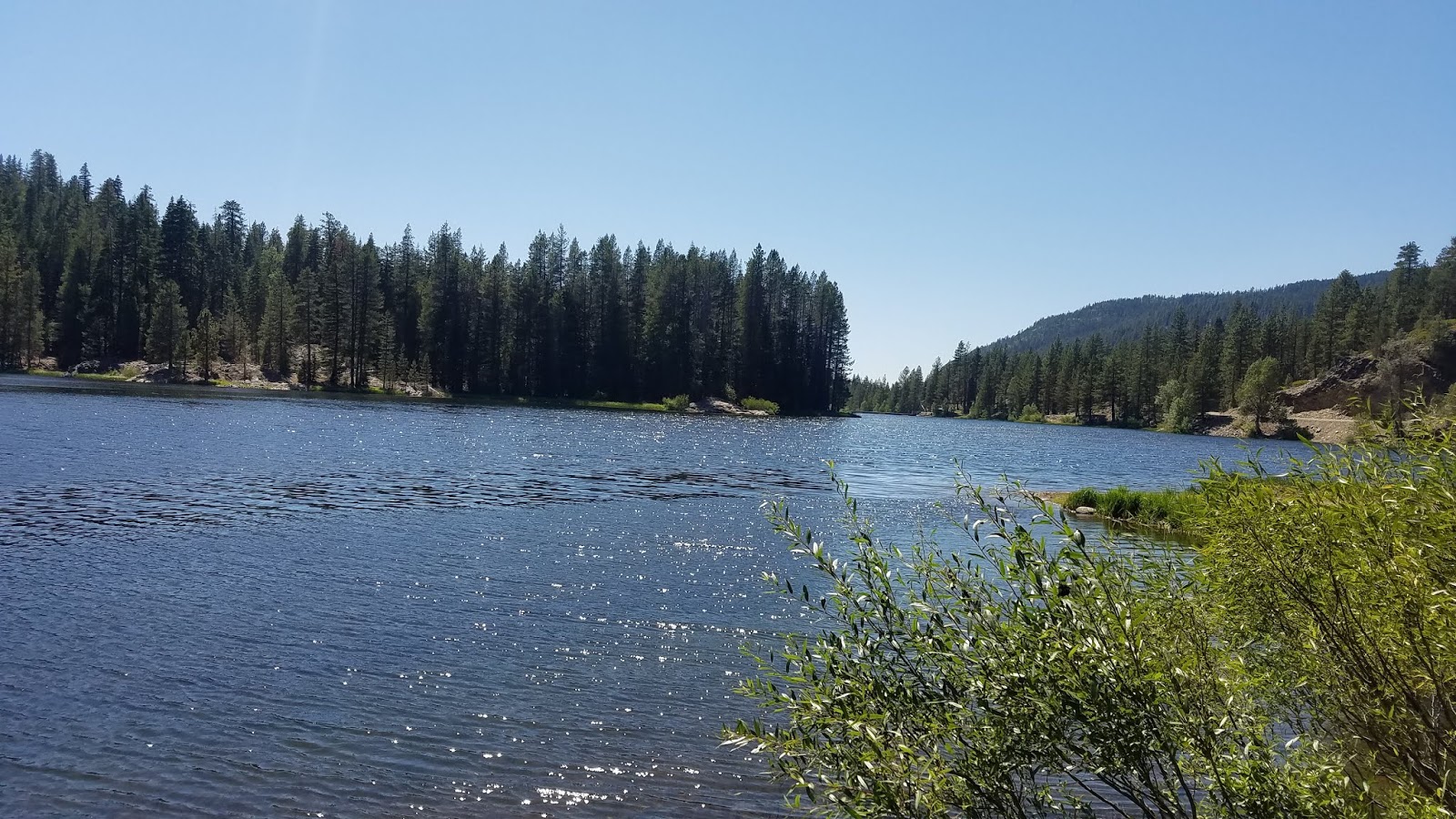
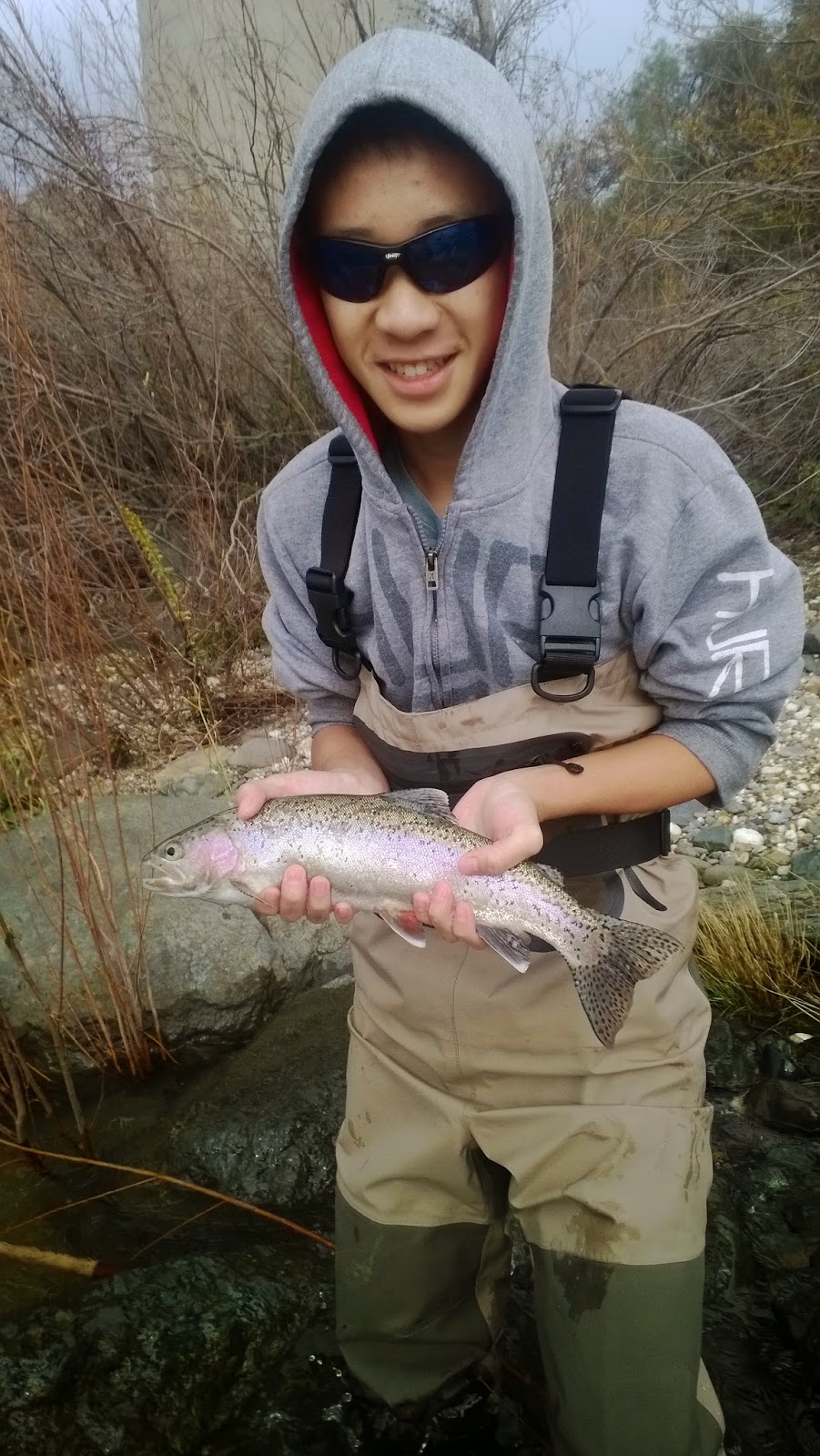


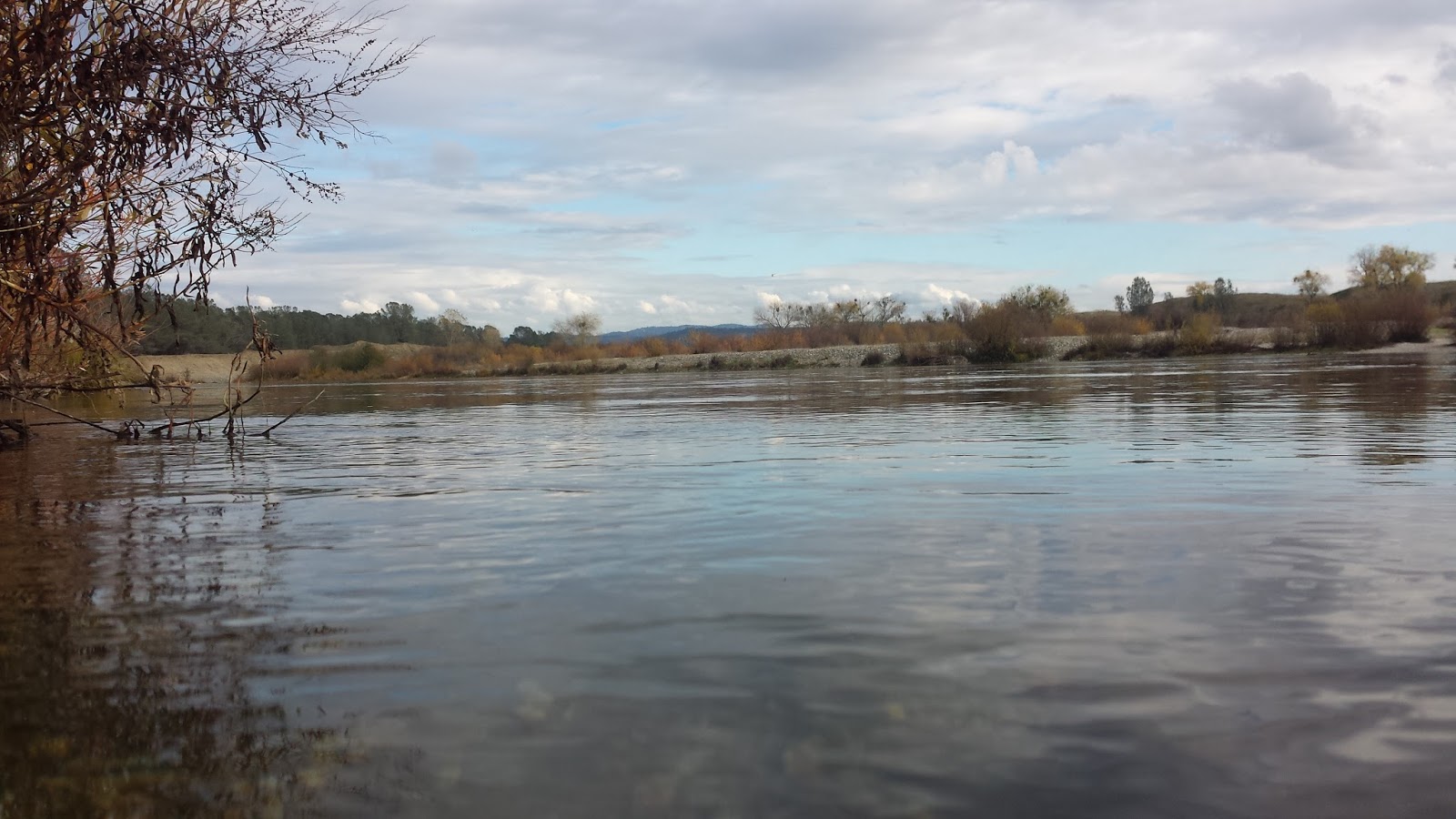
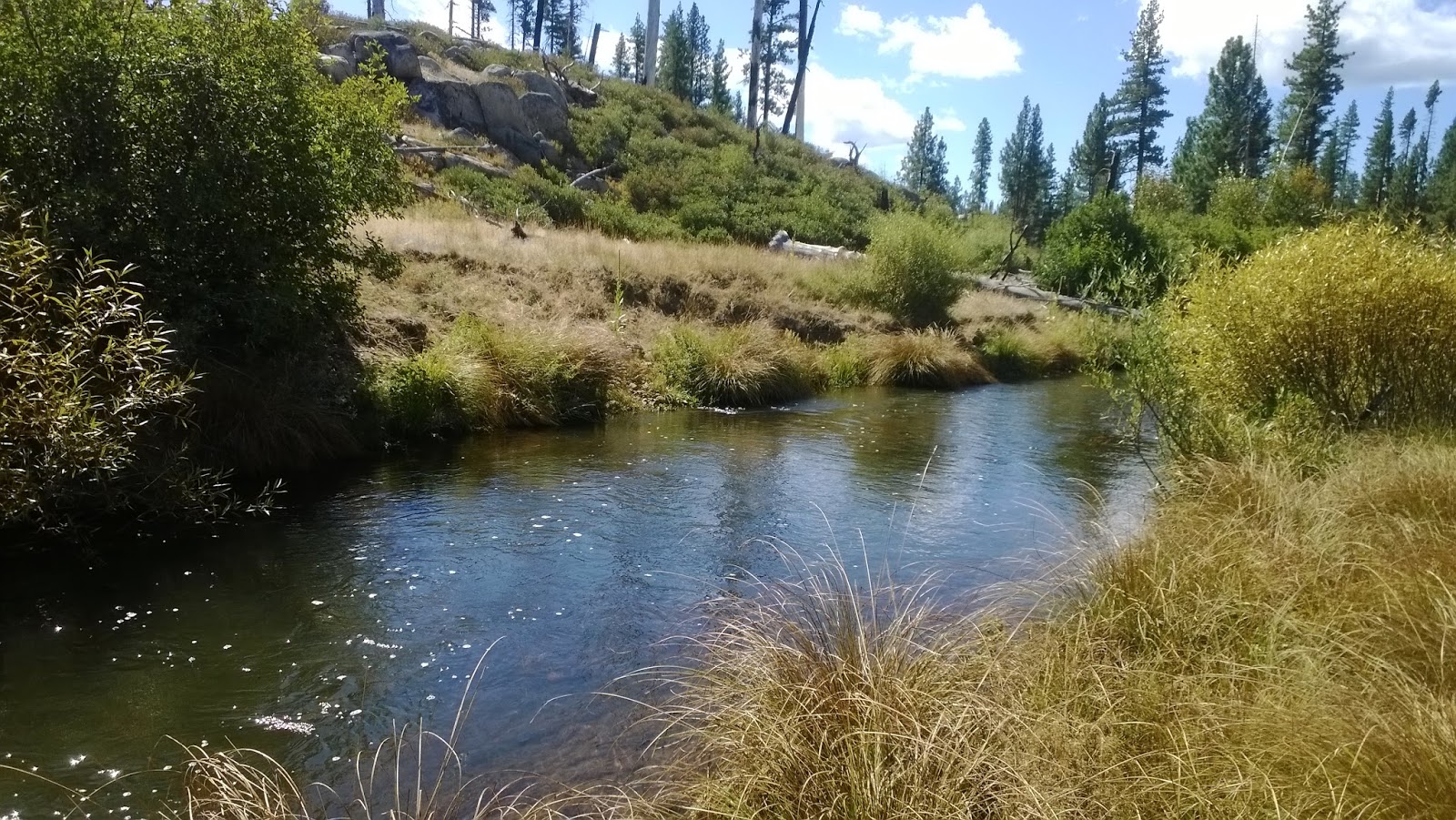


Excellent Matthew, thanks for the props. I think it's time you start submitting articles to California Fly Fisher. I can help steer you in the right direction if you're interested, just shoot me an email.
Thanks for the great article!
Thanks Jon! I'll hit you up soon!
Glad you liked it Mike. Like many other I love this river!
Wow, thank you for such an in-depth article!
Keep up the hard work.
Cheers!
Thank you!! This has to be the most in depth and inspirational fishing site /article around. I read it all a few times and applied it to the water and definitely benefited from it!! It’s a beautiful river and I’m very happy to have had success so thank you so much for posting!! I only wish people would clean up there trash out there so we can keep these fish healthy as well as keep the river looking beautiful!
Cheers!!
I’m glad to hear this information helped! If you can catch fish on the Yuba you can catch them anywhere. Tight lines!
Great article very informative. I’ve been fishing all my life mostly from a boat , just moved minutes away from the 20 bridge and want to get into fly fishing. Can you or anyone tell me some guides in this area ?
Thanks a lot
Hoss
Try calling over to the Reel Angler’s Fly Shop in Grass Valley. They know the top guides there and can set you up.